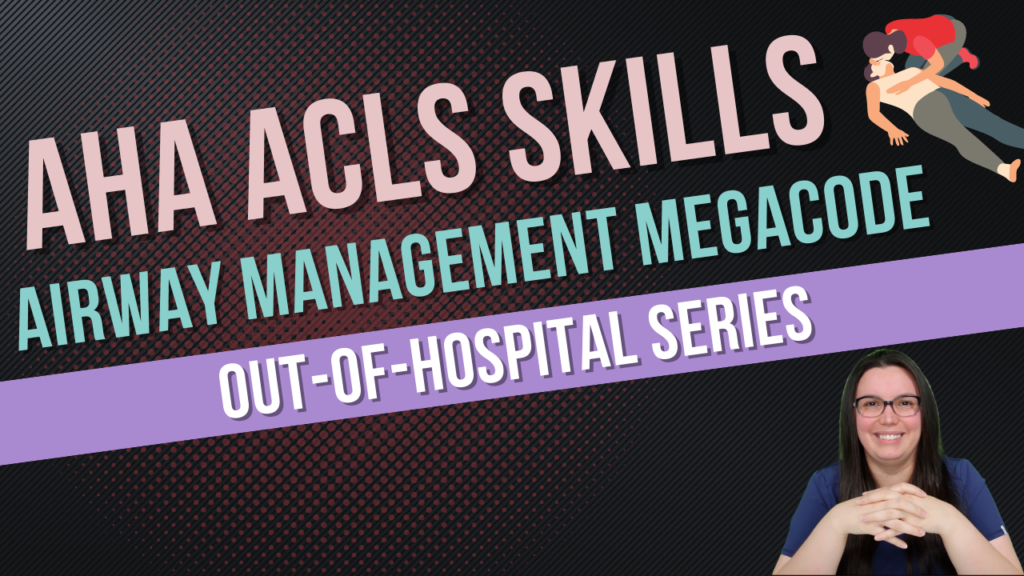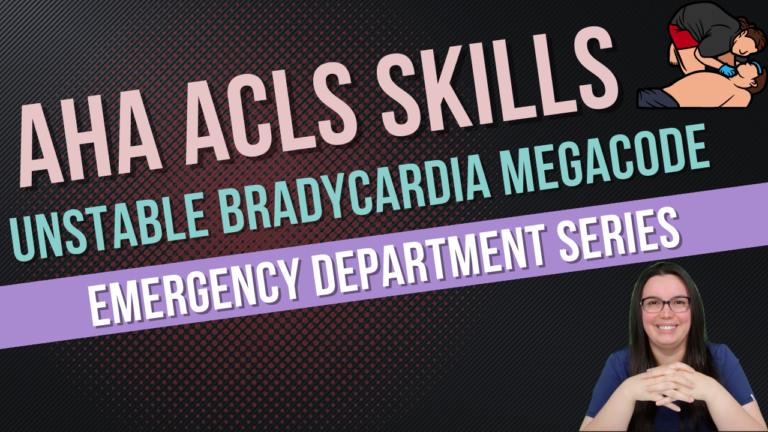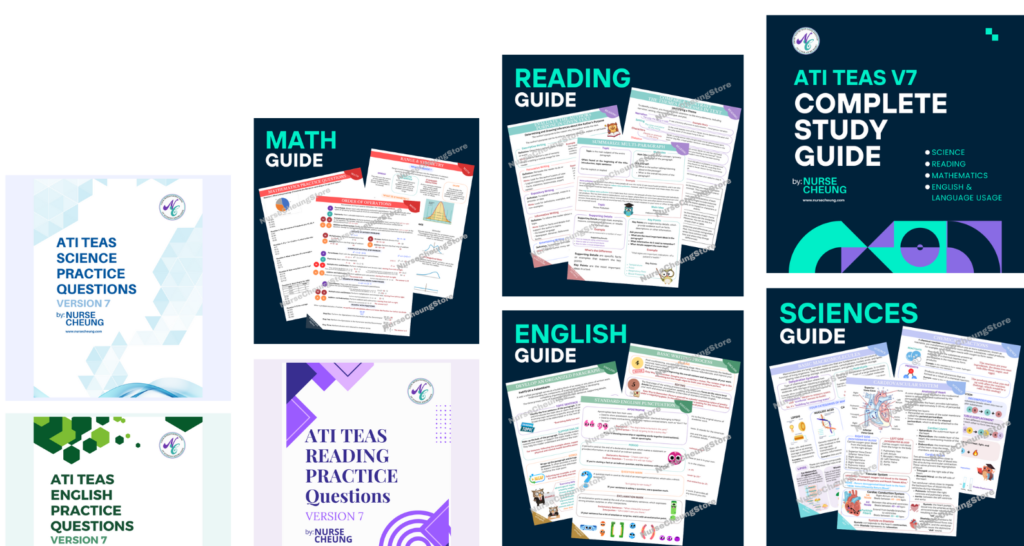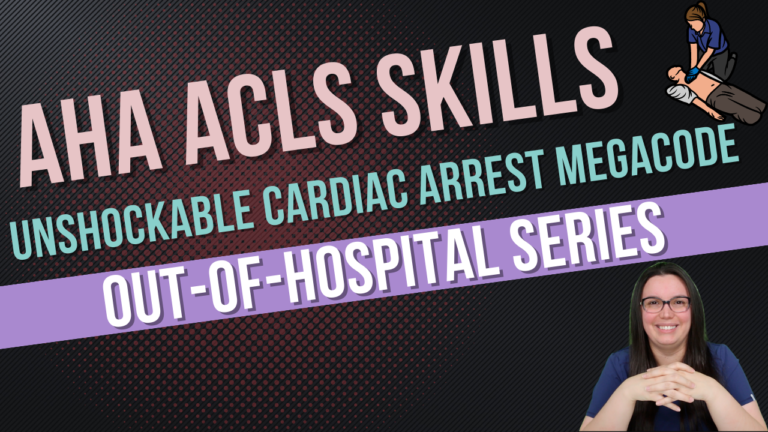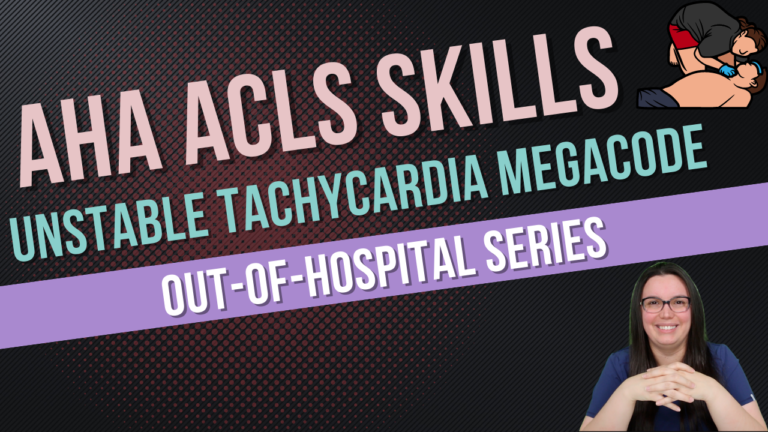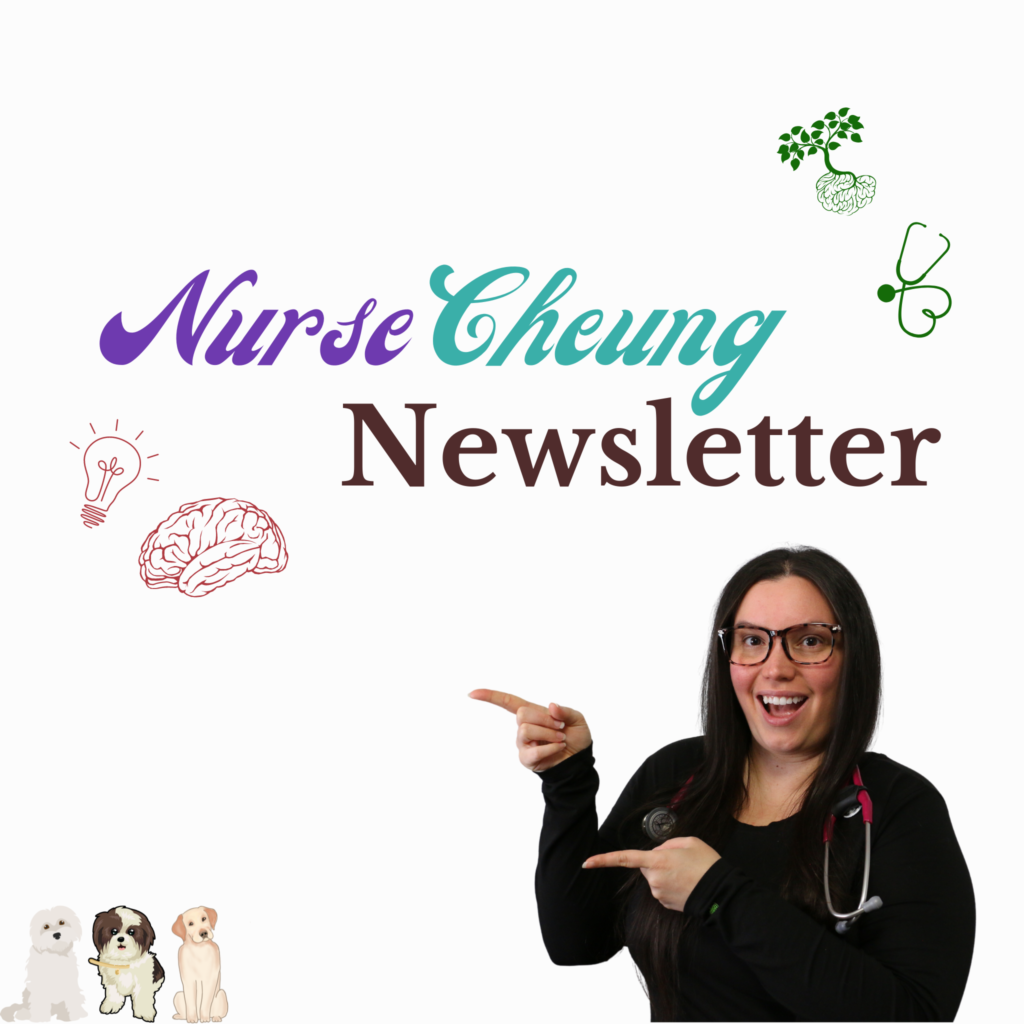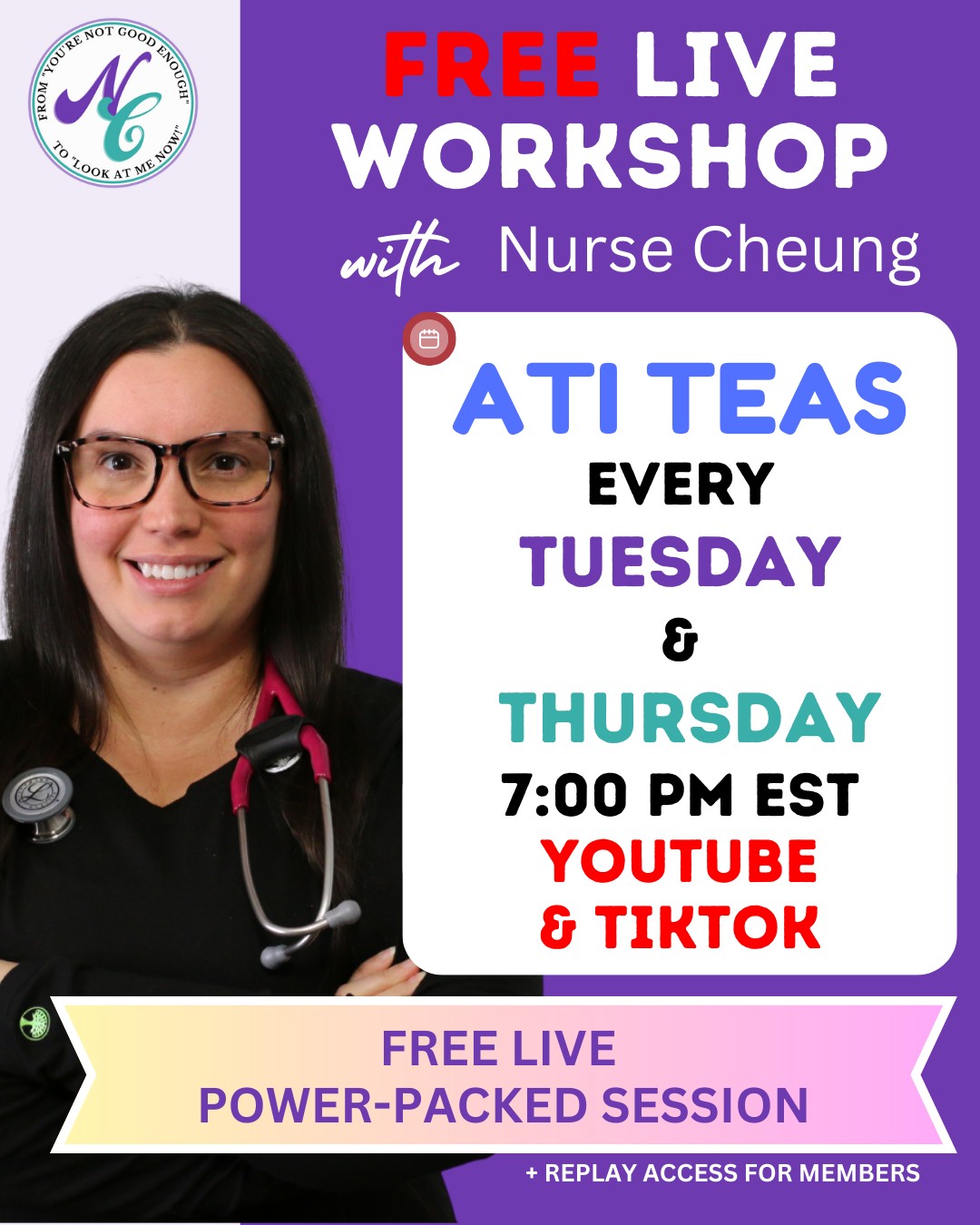Table of Contents
Adult Out-Of-Hospital Respiratory Arrest Megacode Scenario
The following is a scenario in which you would use the out-of-hospital adult respiratory arrest Megacode:
You are a paramedic and arrive on the scene for a woman having an asthma attack at home.
Demonstrate what you would do next
Initial Impression
The woman is conscious and reports difficulty breathing during her evening meal. The woman begins to have respiratory distress and a decrease in mental status.
Primary Assessment Survey (A, B, C, D, E)
Airway: The airway is starting to swell. The flow through the trachea is impaired.
Breathing: Oxygenation is showing less than 50% on room air. Agonal gasps are noted.
Circulation: Blood pressure is 60/38, heart rate is 120/min, and the pulse is present but weak.
Disability: Decrease in mental status. Responsive to verbal stimulation.
Exposure: No obvious signs of trauma, bleeding, burns, markings, or medical alert bracelet.
Change in Condition
After assessment of the initial impression and primary assessment, the woman becomes unresponsive.
What are your next actions?
- Check responsiveness: Tap the shoulders and shout, “Are you okay?” There is no response.
- Activate the emergency response system. You direct the second rescuer to activate the emergency response system and get an AED.
- Check for breathing: Look for visible chest rising and falling. No breathing present.
- Check for a pulse: Place your fingers on the inside of the patient’s neck, just below the angle of the jaw. You will palpate the carotid pulse for no more than 10 seconds. Pulse is present but weak.
What are your next actions?
- Pulse is present so we will not begin CPR starting with compressions.
- The decision between oropharyngeal or nasopharyngeal airway can be difficult, but there are a few things to consider when making the decision.
- Oropharyngeal airways are inserted into the mouth, and nasopharyngeal airways are inserted into the nose. Oropharyngeal airways are more likely to be successful the first time, but nasopharyngeal airways are less likely to cause vomiting.
- Administer oxygen. Oxygen saturation is less than 50%.
- Perform bag-mask ventilation for 1 minute effectively at the proper rate (1 breath every 6 seconds), speed (over 1 second), and volume (about half a bag).
The woman is stable and oxygen saturation is rising. What are your next steps?
Secondary Survey (SAMPLE)
Signs and Symptoms: Signs and symptoms are improving; however, swelling is still present.
Allergies: The woman’s friend states she has an allergy to peanuts.
Medications: Albuterol inhaler and an epinephrine pen
Past Medical History: Asthma
Last Meal, Liquid Consumed: Last meal and liquid consumed during the asthma attack. This ordered Chinese takeout Pai Thai.
Events: No events lead up to the asthma attack.
What are your text interventions?
- Epinephrine
- Diphenhydramine
- Albuterol
- Vital signs monitoring
- Monitor for any changes
You will begin the transfer to the nearest hospital. Your scenario has concluded.


